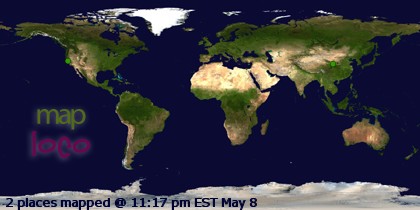Last, week, I was watching a Nova special I had DVR'ed about Fractals (Hunting the Hidden Dimension), that talked mostly about Benoit Mandelbrot, but it also branched out into a discussion of biological applications of fractals. It turns out, that James Brown of the University of New Mexico, Brian Enquist of University of Arizona, and Geoffry West of the Santa Fe Institute published a paper "A General Model For the Origin of Allometric Scaling Laws in Biology" back in 1997, that proves Gyure's theory, with a slight adjustment. It's a 3/4 power, not a 1:1 relationship.
An elephant is 200,000 times as large as a mouse, but it needs only 10,000 times as much energy. Kleiber's law: E=M^(3/4)


This patterning ratio applies not just to mammals, but to pretty much every living creature - from when cells divide, to how trees branch out, to when bronchial tubes or arteries are programmed to split off, each cycle of growth and decay, in a fixed ratio - something I never understood or appreciated until last week.

Wow - 225 hits to this page in 3 weeks. That's almost 3X the traffic of the next most popular page:
ReplyDeletetoyota-stole-my-mazda-6.html, in on 1/12th time time.
Verrrry Interesting...
If I recall my Hurst correctly, there are lots of natural systems out there with a .73 exponent.
ReplyDelete